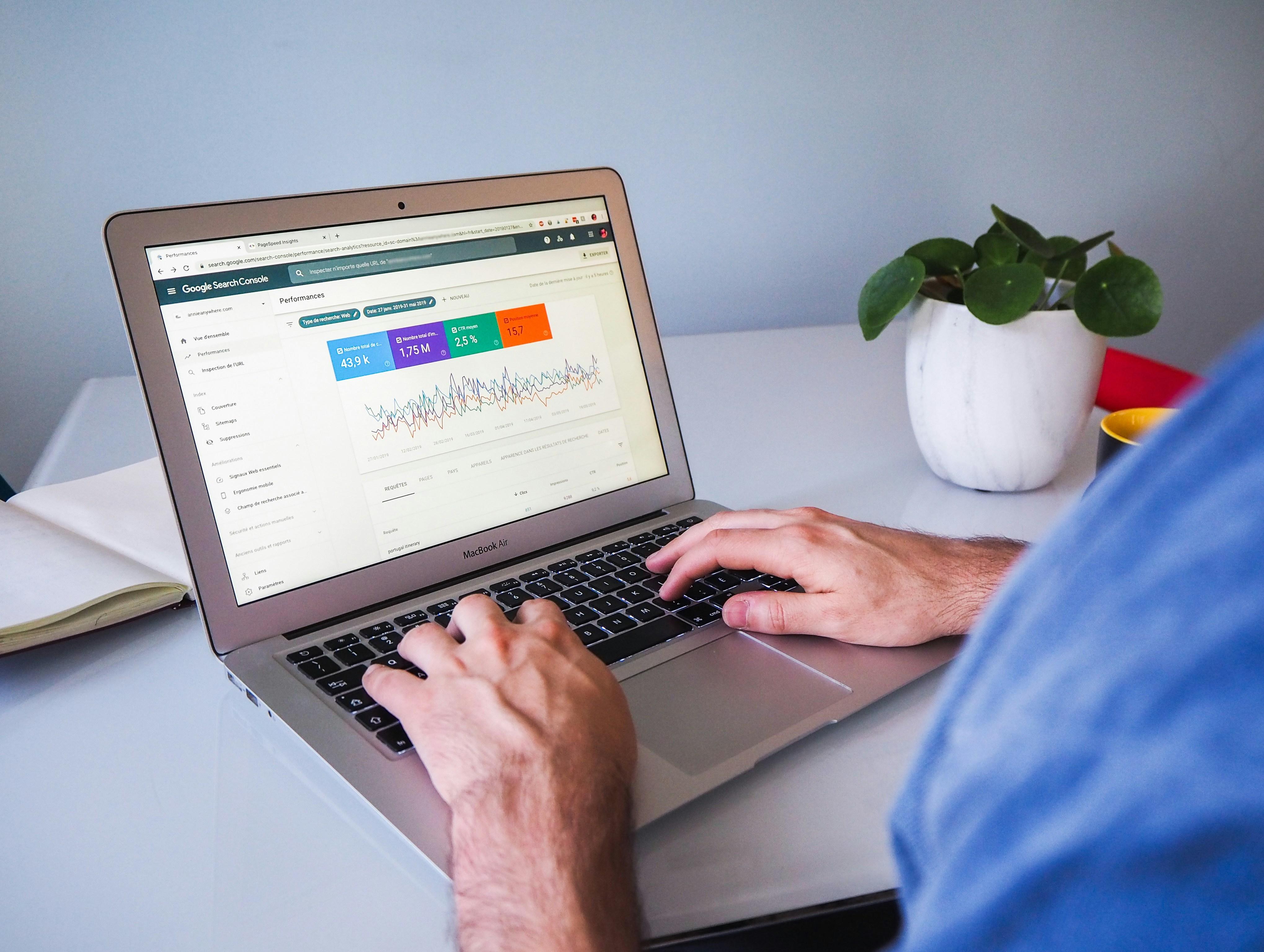In today’s competitive digital world, standing out on search engines is crucial for any website. One of the most effective ways to achieve higher rankings and attract organic traffic is through seo on page analysis. This process involves evaluating and optimizing individual web pages to improve their visibility and relevance for search engines and users alike.
What Is On-Page SEO Analysis?
On-page SEO analysis is the practice of reviewing and enhancing the elements within your website that affect search engine rankings. Unlike off-page SEO, which focuses on external factors like backlinks, on-page SEO deals with optimizing internal components—such as content, HTML tags, and internal linking—to ensure your website is search-engine-friendly.
Key Elements of On-Page SEO Analysis
-
Title Tags and Meta Descriptions
The title tag is one of the first things search engines and users see. It should accurately describe the page’s content and include the main keyword. Meta descriptions, while not a direct ranking factor, influence click-through rates by providing a concise summary of the page. -
Header Tags (H1, H2, H3)
Proper use of header tags improves readability and helps search engines understand the content structure. The H1 tag should include the primary keyword, while subheadings (H2, H3) can include related keywords or topics. -
Keyword Optimization
Keywords should be strategically placed throughout the page—in the title, headings, content, image alt text, and URL. However, keyword stuffing should be avoided as it can harm readability and SEO performance. -
Content Quality and Relevance
High-quality, original, and engaging content is the backbone of effective on-page SEO. Content should address user intent, provide valuable information, and be regularly updated to stay relevant. -
URL Structure
Clean and descriptive URLs improve both user experience and SEO. URLs should include the target keyword and avoid unnecessary characters or parameters. -
Internal Linking
Linking relevant pages within your website helps distribute link equity and allows search engines to crawl your site more effectively. It also encourages users to explore related content. -
Image Optimization
Images enhance the user experience but can slow down page loading times if not optimized. Compressing images, using descriptive file names, and adding alt text improve both speed and accessibility. -
Mobile-Friendliness
With the majority of users accessing websites from mobile devices, responsive design is a must. A mobile-friendly site ensures a seamless experience across all devices. -
Page Speed
Search engines prioritize websites that load quickly. Compressing files, minimizing scripts, and using a content delivery network (CDN) can significantly improve loading times. -
User Experience (UX)
A well-structured layout, intuitive navigation, and engaging visuals contribute to a positive user experience—factors that indirectly influence SEO rankings.
Why On-Page SEO Analysis Matters
Performing regular on-page SEO analysis ensures your website remains optimized seo optimisation as algorithms evolve. It helps you identify technical issues, improve content performance, and stay competitive in search rankings. Moreover, it enhances user satisfaction, leading to higher engagement, conversions, and brand credibility.
Tools for On-Page SEO Analysis
Several tools can simplify the analysis process, including:
-
Google Search Console – for indexing and performance insights.
-
SEMrush and Ahrefs – for keyword tracking and content audits.
-
Yoast SEO – for on-page recommendations within WordPress.
-
Screaming Frog – for in-depth site crawling and technical audits.
Conclusion
An effective SEO on-page analysis is more than just tweaking keywords—it’s about creating a well-optimized, user-friendly website that meets both search engine requirements and user expectations. By consistently analyzing and improving on-page elements, you lay a strong foundation for long-term SEO success.



